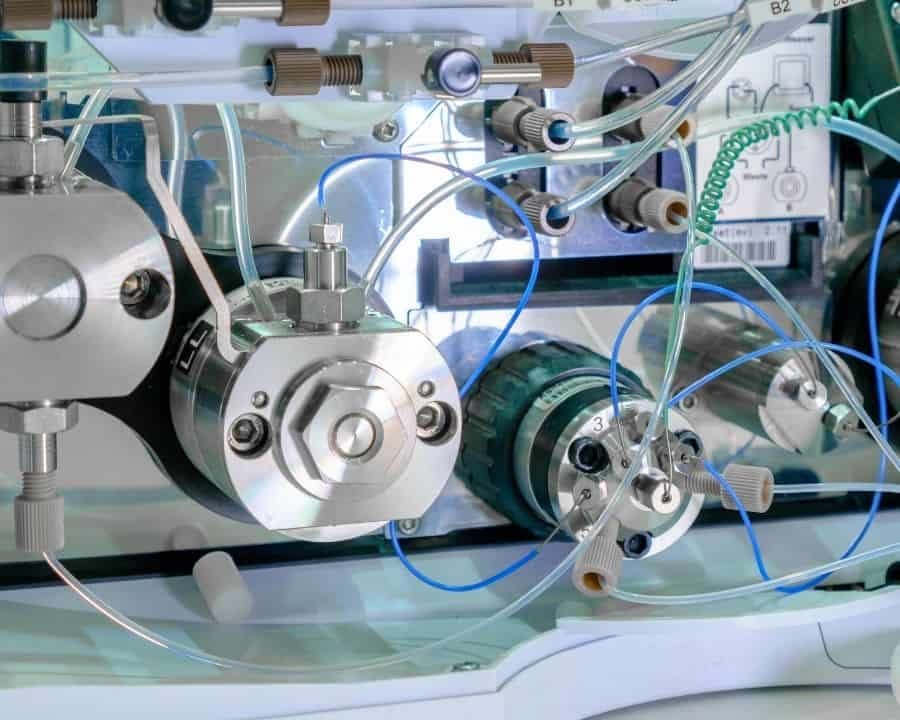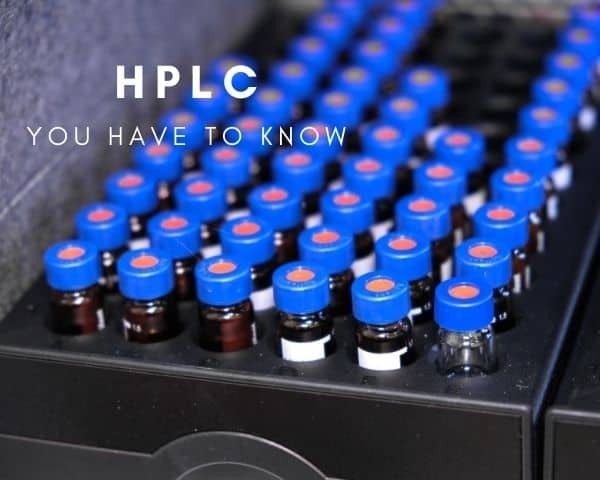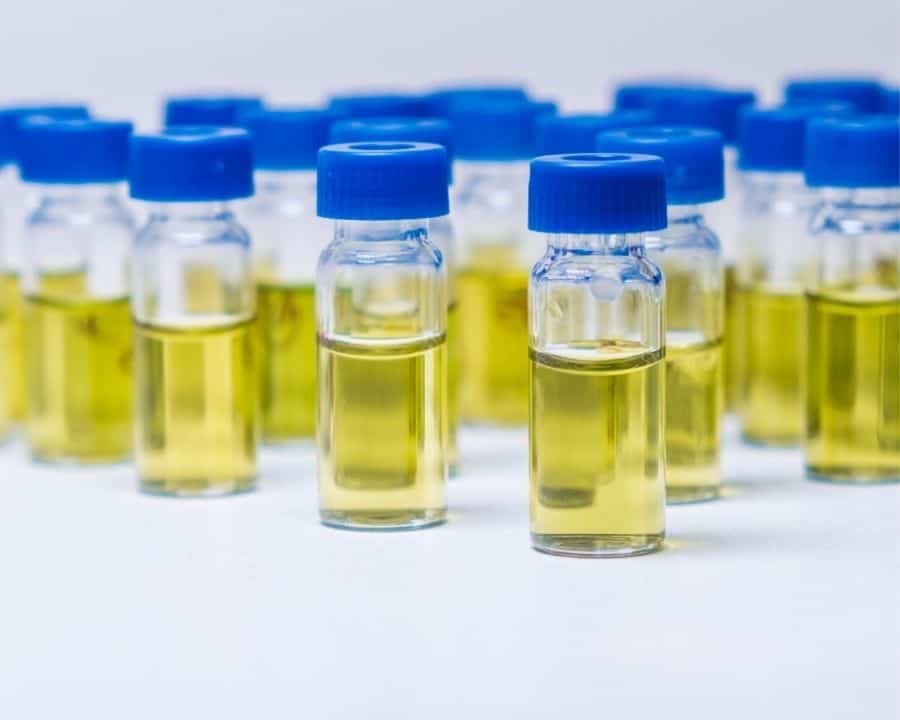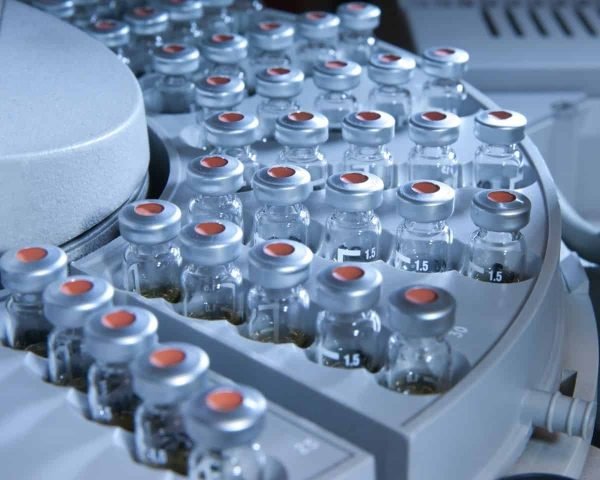


Introduction
Have you ever wondered how scientists identify the components in a complex mixture? High-Performance Liquid Chromatography (HPLC) is a powerful tool in analytical chemistry used for this purpose. Qualitative analysis in HPLC focuses on identifying the substances present in a sample, which is crucial for various industries, including pharmaceuticals, environmental testing, and food safety. Let’s dive into the fascinating world of HPLC and explore how qualitative analysis works.
Answer Section
Qualitative analysis in HPLC identifies the components of a mixture by comparing retention times and using detectors like UV-Vis. It is essential for ensuring the purity and quality of products in various industries.
Detailed Content Section
HPLC Basics
What is HPLC?
High-Performance Liquid Chromatography (HPLC) is an advanced form of liquid chromatography used to separate, identify, and quantify each component in a mixture. The technique relies on pumps to pass a pressurized liquid solvent containing the sample mixture through a column filled with a solid adsorbent material. Each component in the sample interacts differently with the adsorbent material, leading to varying flow rates and separation as they exit the column.
Components of HPLC
The Mobile Phase
The mobile phase in HPLC is the solvent or solvent mixture that carries the sample through the column. Its composition is crucial as it influences the separation process. Common solvents include water, methanol, and acetonitrile.
The Stationary Phase
The stationary phase is the column packed with adsorbent particles. The choice of stationary phase depends on the nature of the sample and the desired separation. Common materials include silica, alumina, and polymer-based particles.
Detectors
Detectors in HPLC are used to identify and quantify the components as they elute from the column. The most commonly used detectors are UV-Vis (Ultraviolet-Visible), fluorescence, and mass spectrometers.
Qualitative Analysis in HPLC
Retention Time
One of the primary means of identifying compounds in HPLC is by their retention time, the time it takes for a compound to pass through the column to the detector. Each compound has a unique retention time under set conditions, which acts like a fingerprint for identification.
Peak Shape and Symmetry
The shape and symmetry of peaks in the chromatogram can provide clues about the nature of the compound. Sharp, symmetrical peaks usually indicate a single, pure compound, while broad or asymmetrical peaks might suggest a mixture or impurities.
Methods of Qualitative Analysis
Comparative Analysis
Comparative analysis involves comparing the retention time and spectral data of the sample with known standards. This method is straightforward and commonly used when reference standards are available.
Spectral Libraries
Spectral libraries contain the UV-Vis, fluorescence, or mass spectra of known compounds. Matching the spectral data of a sample to these libraries helps in identifying unknown compounds.
Derivatization
Derivatization involves chemically modifying the compounds in the sample to improve their detectability or separation. This technique is particularly useful for compounds that are challenging to analyze directly.
Applications of Qualitative Analysis in HPLC
Pharmaceuticals
In the pharmaceutical industry, qualitative analysis ensures the purity and quality of drugs by identifying and quantifying impurities and degradation products. This is critical for compliance with regulatory standards.
Environmental Testing
HPLC is used to detect pollutants and contaminants in environmental samples, such as water and soil. Qualitative analysis helps in identifying harmful substances and assessing their impact on the environment.
Food Safety
Ensuring the safety and quality of food products is another vital application of HPLC. Qualitative analysis can detect additives, contaminants, and adulterants, ensuring that food products meet safety standards.
Advanced Techniques in Qualitative Analysis
Mass Spectrometry (MS)
When coupled with HPLC, mass spectrometry provides detailed molecular information, making it possible to identify compounds with high precision. This combination, known as LC-MS, is powerful for analyzing complex mixtures.
Nuclear Magnetic Resonance (NMR)
NMR spectroscopy, when used in conjunction with HPLC, offers insights into the molecular structure of compounds. This is particularly useful for identifying unknown substances and confirming the identity of known compounds.
Challenges and Considerations
Sample Preparation
Proper sample preparation is crucial for accurate qualitative analysis. This includes filtration, concentration, and sometimes derivatization to ensure the sample is compatible with the HPLC system.
Instrument Calibration
Regular calibration of the HPLC system is essential to maintain accuracy and reliability in qualitative analysis. This involves using standard compounds to ensure the system’s performance is within acceptable limits.
Conclusion
Qualitative analysis in HPLC is a cornerstone of analytical chemistry, providing essential information about the components of complex mixtures. Whether ensuring the purity of pharmaceuticals, monitoring environmental pollutants, or verifying food safety, HPLC plays a crucial role. By understanding the principles and techniques of qualitative analysis, we can appreciate the precision and reliability this method offers.
If you found this article helpful, feel free to reach out for more detailed information or assistance with your specific HPLC analysis needs. Happy analyzing!











